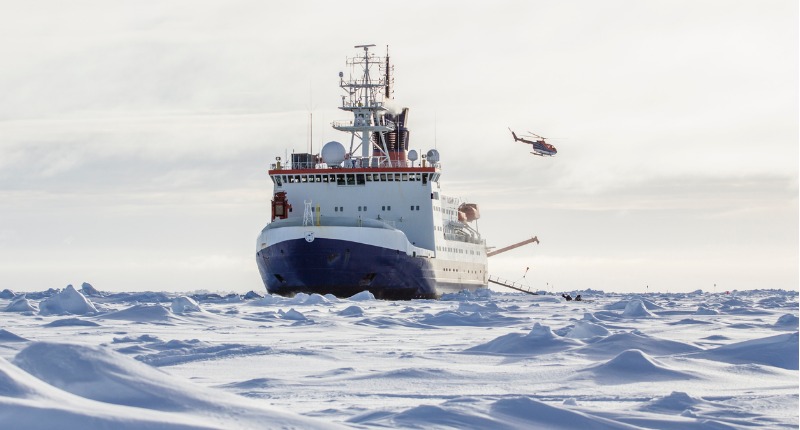It was one of the most harrowing news stories of its day. Endurance, a ship that was carefully built to withstand rigorous polar conditions, led by Sir Ernest Shackleton, a celebrated explorer in the golden age of modern discovery, became hopelessly trapped in ice and finally sank, stranding its crew on ice floes and lifeboats for a number of torturous months.
The expedition, which set off from Buenos Aires in October 1914 on its way to Antarctica, captured the attention of the British public, even as the first world war ignited.
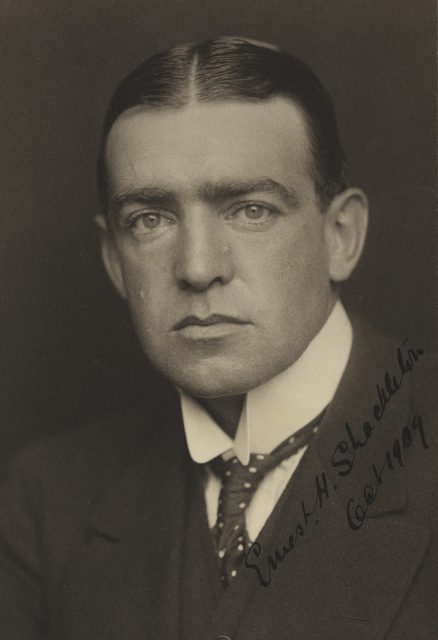
Although Shackleton’s team did not fulfill its goal in Antarctica, the men’s survival was a testament to resilience, ingenuity, and leadership.
Now a new expedition is underway, more than a century later — and in another feat of exploration, is successfully closing in on the Antarctica wreck of Endurance, one of the most intriguing lost ships in history.
The group’s work pushes on through the harshest climate on the planet Earth. While the vista can be strikingly beautiful, it is also intimidating. An iceberg the size of Delaware recently separated from the continent. Antarctica is the only continent on Earth without an indigenous human population.
“Because the wreck site of the Endurance, under sea ice in the Weddell Sea, is such a difficult place to access, no survey has ever been done before,” Julian Dowdeswell, director of the university’s Scott Polar Research Institute and the leader of the planned expedition, told NBC News last year.
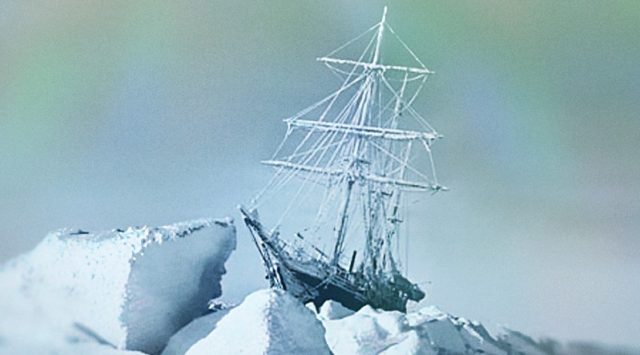
Antarctica is not only frigid cold — the high temperature at Amundsen-Scott South Pole Station on February 12, 2019, was -16 Fahrenheit — but windy, in parts mountainous, and quite vast. Antarctica is roughly the size of the United States and Mexico combined and is almost completely covered by a layer of ice that averages more than one mile in thickness.
Since this is actually summertime at the South Pole, the expedition to discover Endeavour set out in January. News has been released that the Weddell Sea Expedition icebreaker, S.A. Agulhas II, broke through heavy pack ice to reach Endurance’s last recorded position on February 10, 2019.
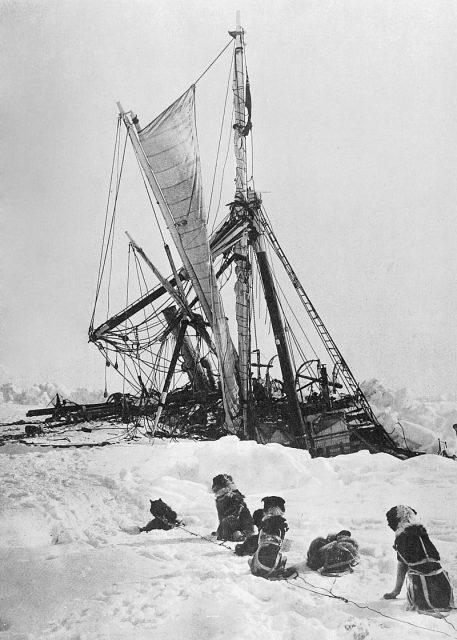
“We are the first people here since Shackleton and his men!” said Exploration Director and Expedition Archaeologist Mensun Bound, according to a tweet sent by the team.
Researchers will use Autonomous Underwater Vehicles (AUVs) to locate the remains of Endurance, which was crushed by pack ice in the Weddell Sea and sank in November 1915.
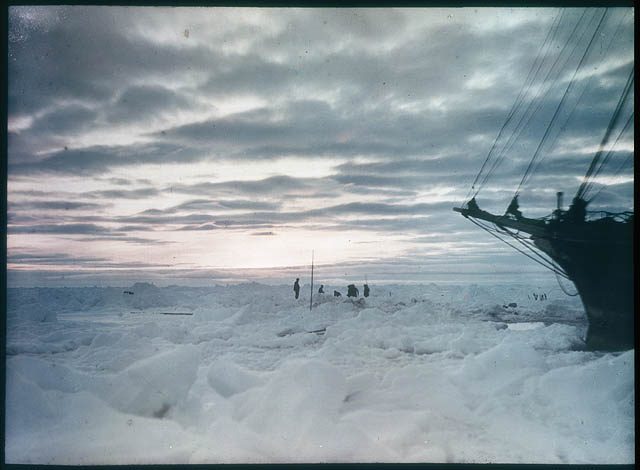
Using robotic submersibles, the researchers will reportedly search the ocean floor 9,000 feet below. The expedition is not expected to retrieve artifacts from the wreck but map the area for some 45 hours, take photos, and create a 3D model of the site.
Endurance did not sink quickly.
On its way to conveying the men to the point where they would disembark and cross the continent, Endurance became trapped in an ice floe on January 24, 1915. No human efforts could free the ship, and so, incredibly, the crew spent the next ten months on the boat, hoping the following “summer” would melt the ice enough for it to be freed.
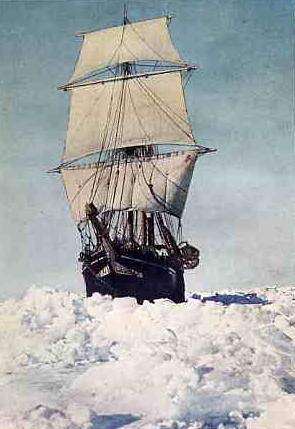
But the coming of spring wrought not deliverance but havoc, as the mounting pressure in the ice cracked the hull of the boat. With water coming in, in late November, Endurance had to be abandoned. The masts collapsed, the hull crumbled, and the men watched helplessly from the ice as their boat sank.
Shackleton’s crew had no choice but to drag lifeboats across the ice floe, struggling to reach the open water but all the time aware that the ice below them could crack and they wouldn’t have time to jump into the lifeboats.
Moreover, the 28 members of the crew must have been all too aware of the previous lives lost in the human quest to master Antarctica.
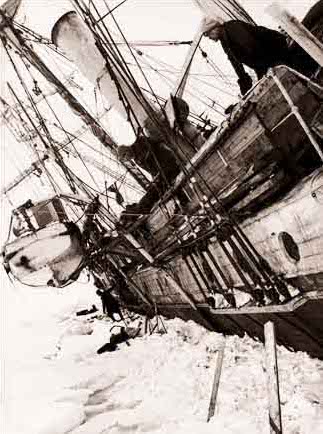
In 1895 the Geographic Congress declared that Antarctica was the last great frontier for exploration. The goal to “discover” the South Pole soon became a matter of national pride. In 1911 teams from five nations were making preparations and racing to be first: Australia, Japan, England, Germany, and Norway.
It was the Norwegian team, led by Roald Amundsen, that first reached the southernmost point of the planet, through use of sled dogs, skis, and meticulous planning. News of his achievement was broadcast on March 7, 1912, on Amundsen’s return to Hobart, Australia.

The English team, led by Robert Falcon Scott, were en route, and had no idea that Amundsen had already won the honor as they made the grueling journey across the vast expanse of Antarctica. When they reached their goal, they were devastated to find Norway had claimed it.
On the return trip, Scott’s entire team of five men perished. Their deaths followed great suffering, particularly from frostbite. One of the men, realizing that he could no longer walk, decided to sacrifice himself so that the others could continue. He said to them, “I am just going outside and may be some time,” and then stumbled outside the tent, never to return. But his suicide did not save the lives of the others, who were weakened as well.
Their bodies, and their journals and belongings, were found about eight months later.
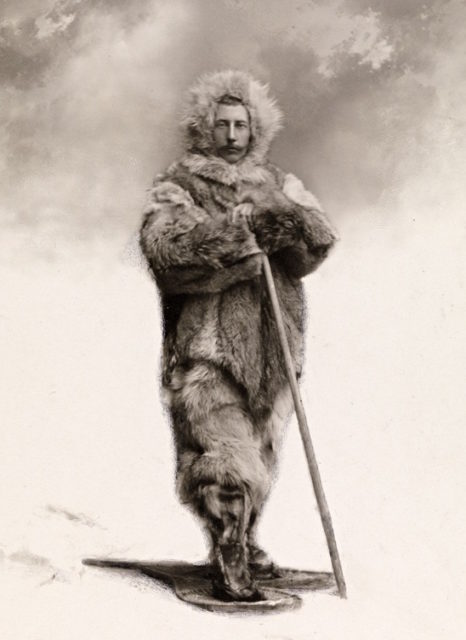
Sir Ernest Shackleton, an Irish polar explorer, had joined forces with Scott on earlier expeditions (they were in fact rivals), and he knew the cruel risks of such undertakings.
Nonetheless, Shackleton decided to try to traverse the entire continent with a group and placed the following advertisement: “Men wanted for hazardous journey. Small wages, bitter cold, long months of complete darkness, constant danger, safe return doubtful. Honour and recognition in case of success.”
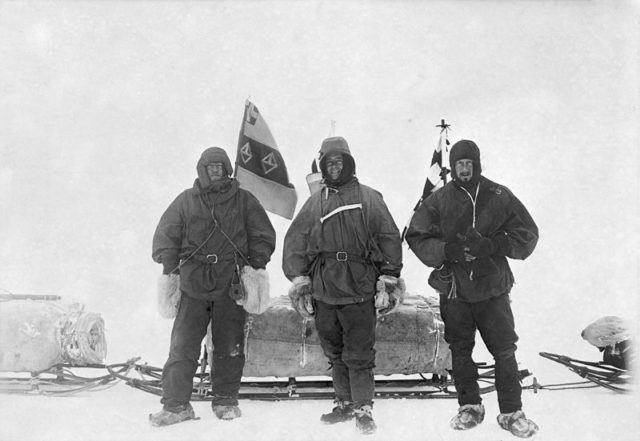
Even with such fair warning, the ordeal of Endurance‘s crew is considered extreme in the annals of exploration.
After abandoning Endurance, the crew’s struggle across the frozen floes on foot and by lifeboats would take three months. They managed to reach Elephant Island in the Southern Ocean, 152 miles from Antarctica and covered in ice, mountainous, and uninhabited.
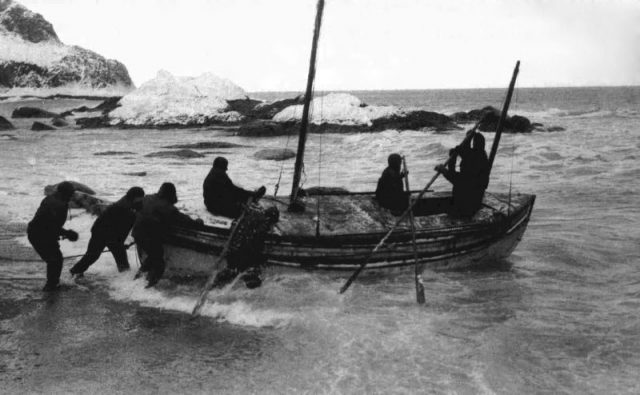
Shackleton and a smaller group pushed on in a single lifeboat to reach an island they knew to be inhabited by whalers, South Georgia, hundreds of miles away. They needed to use the sun to navigate, but the sun rarely emerged as the open boat was drenched in high waves for more more than two weeks.
Once they reached South Georgia, the group still needed to rescue the the men left behind. It took three months to reach the rest of the crew on Elephant Island. They were near death from starvation but all alive when rescued in August 1916.
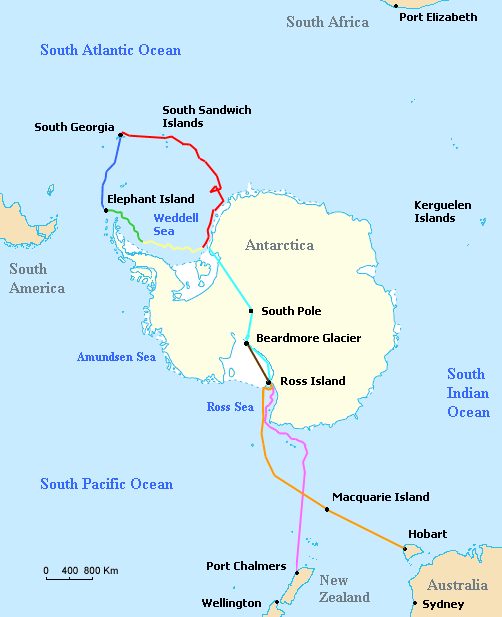
Shackleton and his crew were hailed as heroes on their return to England and some were given medals. They returned to a world plunged deep into war, and in fact one of the men of Endurance reported to the front to serve as a soldier, and was killed.
Incredibly, Shackleton recruited men for another expedition after World War I ended as he’d reportedly grown tired of the lecture circuit.
Read another story from us: Unbelievable Endurance – The Crew that Survived an Antarctic Shipwreck
Poised to explore Antarctica one more time, Sir Ernest Shackleton died of a massive heart attack on South Georgia Island on January 5, 1922. He was 47 years old.
Nancy Bilyeau, a former staff editor at Entertainment Weekly, Rolling Stone, and InStyle, has written a trilogy of historical thrillers for Touchstone Books. Her new book, The Blue, is a spy story set in the 18th-century porcelain world. For more information, go to www.nancybilyeau.com
